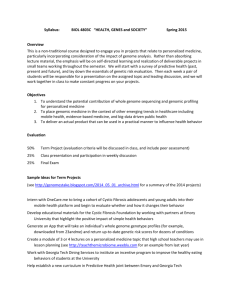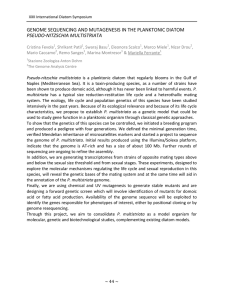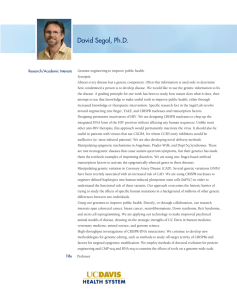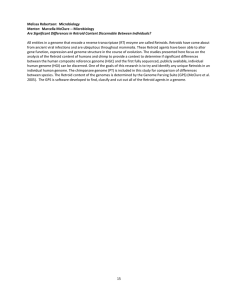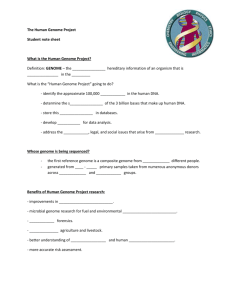tpj12370-sup-0012-Legends
advertisement
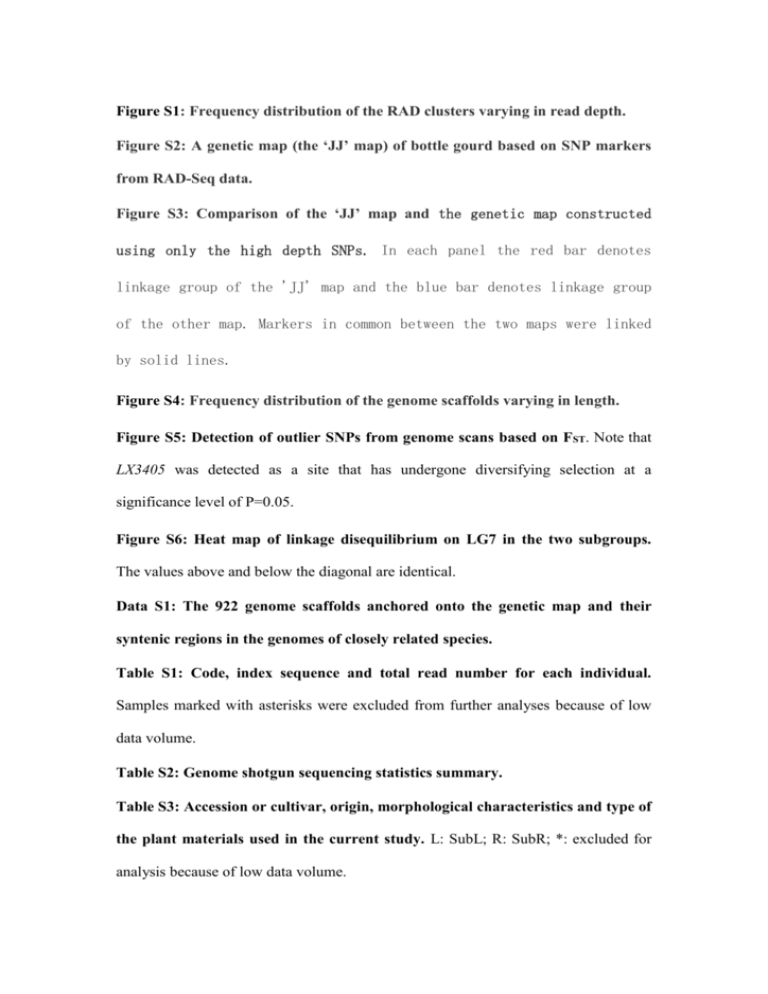
Figure S1: Frequency distribution of the RAD clusters varying in read depth. Figure S2: A genetic map (the ‘JJ’ map) of bottle gourd based on SNP markers from RAD-Seq data. Figure S3: Comparison of the ‘JJ’ map and the genetic map constructed using only the high depth SNPs. In each panel the red bar denotes linkage group of the 'JJ' map and the blue bar denotes linkage group of the other map. Markers in common between the two maps were linked by solid lines. Figure S4: Frequency distribution of the genome scaffolds varying in length. Figure S5: Detection of outlier SNPs from genome scans based on FST. Note that LX3405 was detected as a site that has undergone diversifying selection at a significance level of P=0.05. Figure S6: Heat map of linkage disequilibrium on LG7 in the two subgroups. The values above and below the diagonal are identical. Data S1: The 922 genome scaffolds anchored onto the genetic map and their syntenic regions in the genomes of closely related species. Table S1: Code, index sequence and total read number for each individual. Samples marked with asterisks were excluded from further analyses because of low data volume. Table S2: Genome shotgun sequencing statistics summary. Table S3: Accession or cultivar, origin, morphological characteristics and type of the plant materials used in the current study. L: SubL; R: SubR; *: excluded for analysis because of low data volume. Method S1: The Perl script of the Bayesian algorithm for genome type calling.

